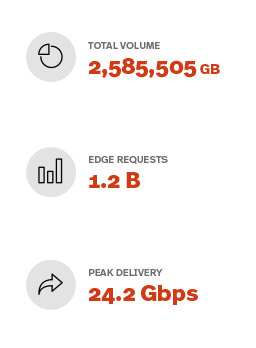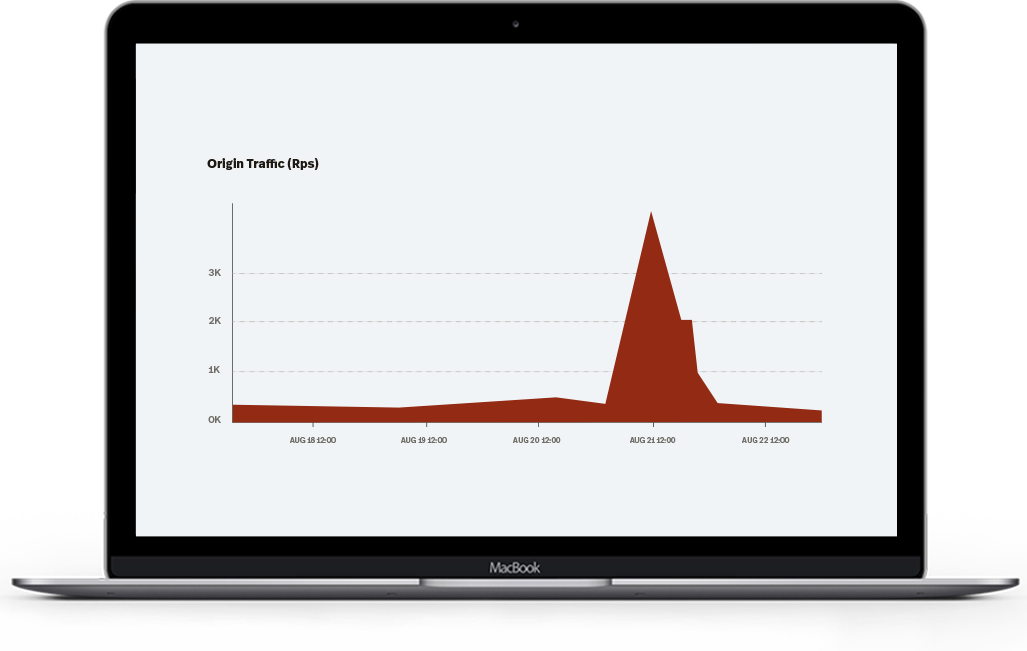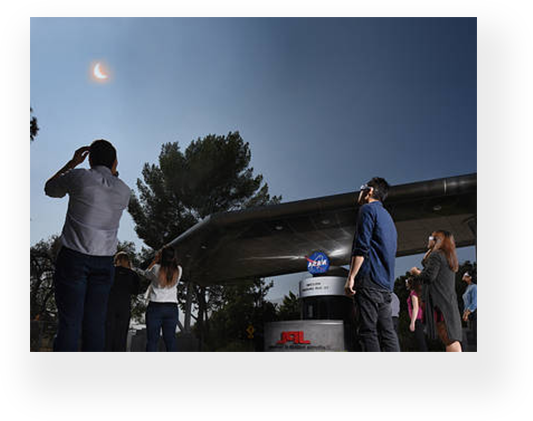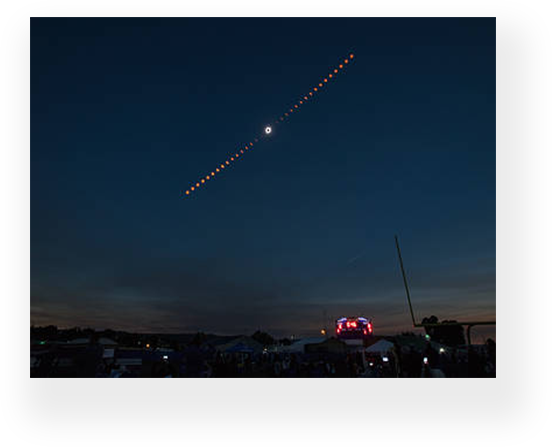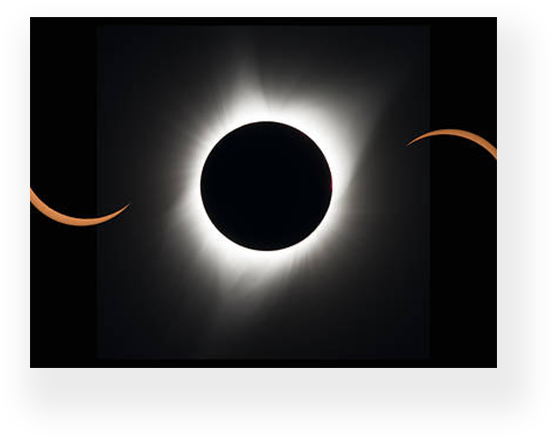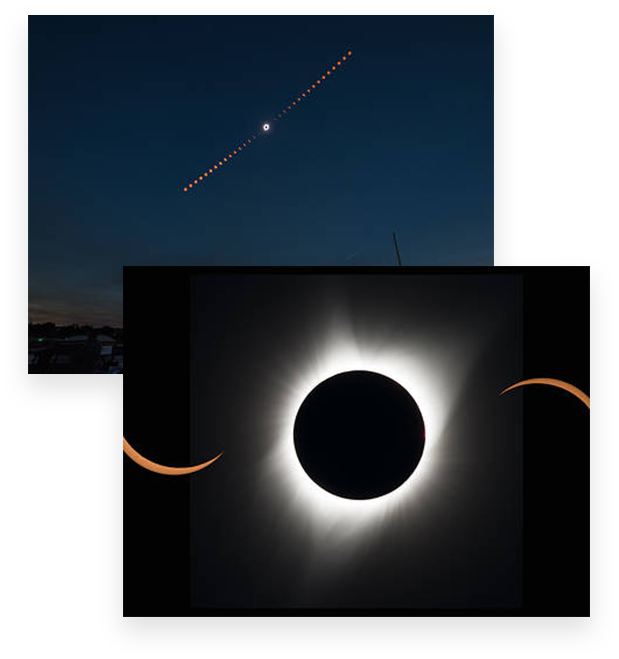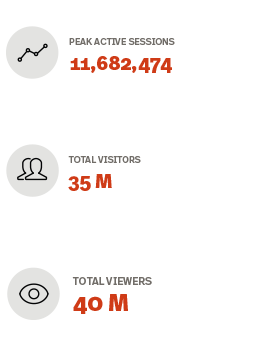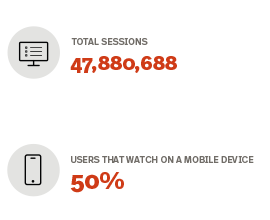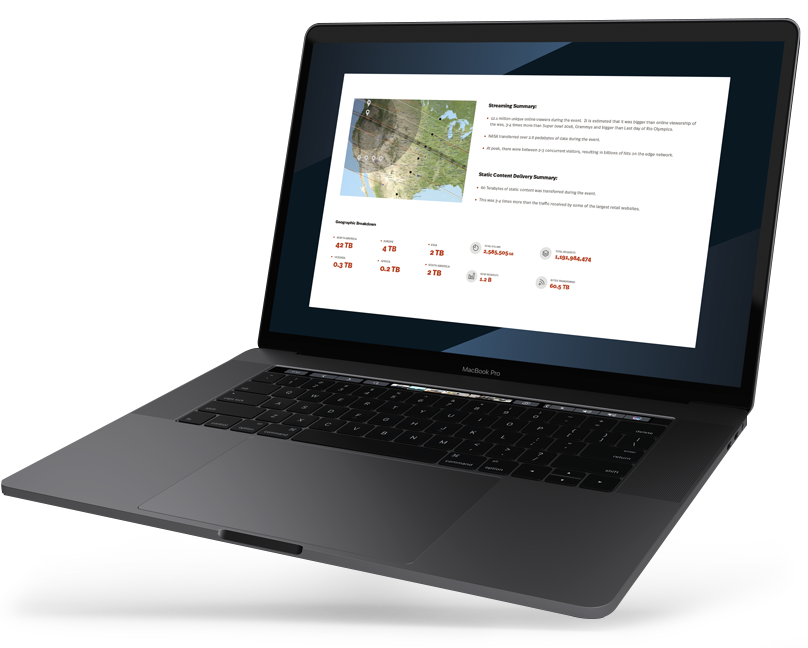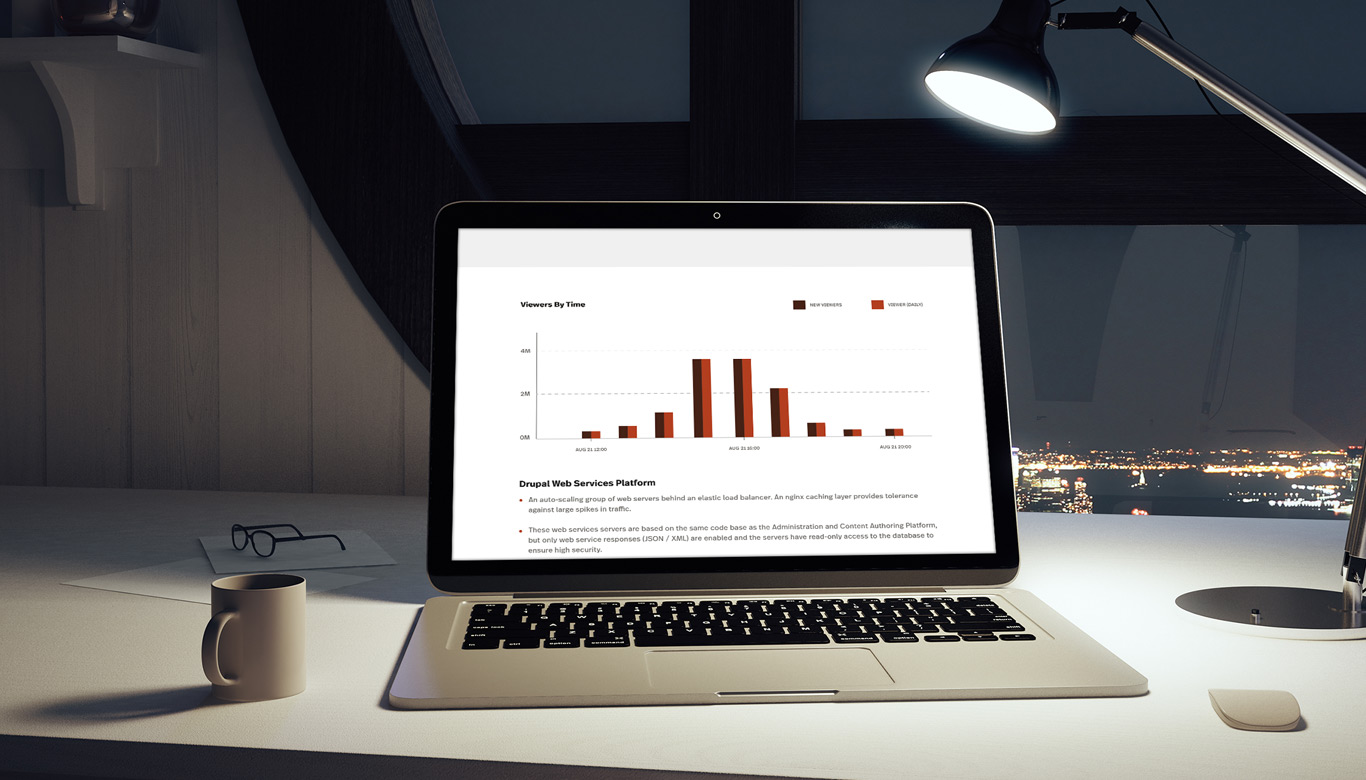NASA ECLIPSES EXPECTATIONS
Over 40 million people visited the NASA’s website for the six-hour coverage of the spectacular astrological phenomena. There were peaks of over 2 million concurrent viewers of the live video stream, with a total of over 12.1 million unique viewers. This is 3-4 times more online viewership than the Super bowl in 2016. The average amount of time spent on the site was between 3-4 minutes – which, for those of you unfamiliar with digital media analytics, is pretty high.

